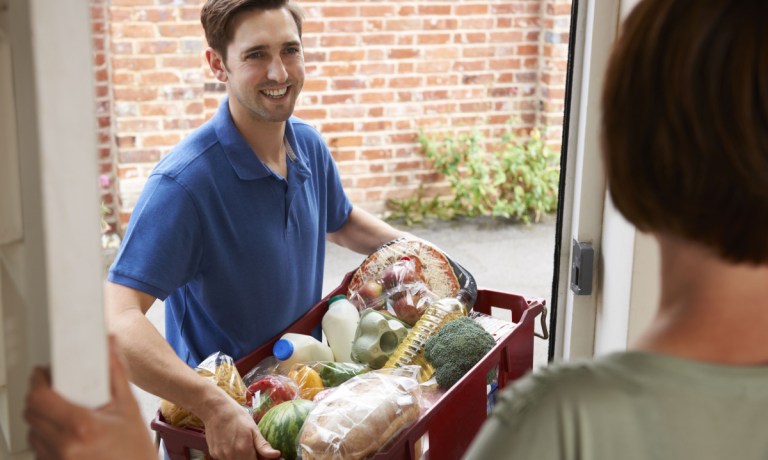Crisp Raises $37 Million to Expand Dutch Grocery Delivery

Grocery app Crisp has raised $37 million to enhance its seasonal/local food-focused delivery service.
The Amsterdam-based company announced the funding in a Thursday (Nov. 16) press release, saying it would help Crisp deliver “better food for the many” in its core markets of the Netherlands and Belgium.
“A fully proprietary software and operations system specifically built for local and seasonal products and the shortest route from farm to fork,” the company said in the release. “Crisp allows country-wide customers to shop from over 900 small-scale suppliers, proving circularity, no waste and responsible farming can have its place in the mass market.”
The release noted that Crisp, which launched in 2018, is seeing 30% sales growth. It attributed its growth — a time when the broader online market is flat and in some cases declining — to customer loyalty and a differentiated offering.
“A typical order is a weekly basket of 30 products, with a value of 85 euros (about $92), and 90% of orders come from repeat customers,” Crisp Co-founder and CEO Tom Peeters said in the release. “Margins are supported by a continuous cost rationalization and an increased efficiency in our supply chain. That was also necessary, given the high inflation. We are not immune to that.”
Meanwhile, even as inflation appears to ease in the U.S., grocery shoppers continue to trade down, according to PYMNTS Intelligence.
Data from the most recent edition of the PYMNTS Consumer Inflation series showed that nearly half of grocery shoppers traded down by buying from merchants with lower prices, while 35% began buying lower-quality items or switched to private-label products.
In addition to the shift to cheaper brands and banners, consumers are also growing more cautious and value-driven when shopping by comparing prices from different retailers.
“Now, we’re seeing consumers shopping in more stores than before,” Pepsico CEO Ramon Laguarta said during a July earnings call. “They’re looking for better deals. They’re going to channels that have better perceived value. They’re buying more in dollar stores or more in [warehouse] clubs. So, every segment of the consumer is making adjustments.”